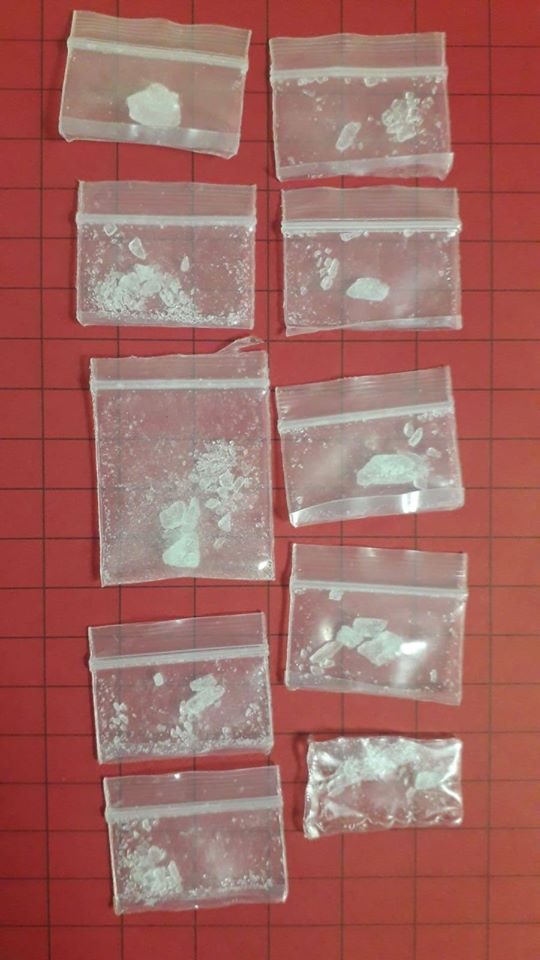The jury is still out on the effect of kava on Australia’s working population although it has been found that allowing kava imports into Australia under the Australian government’s kava pilot project, has benefitted the Pacific’s kava growing countries.
This was revealed by Australia’s Department of Foreign Affairs and Trade (DFAT) official Caroline Kempeneer at a regional kava workshop in Nadi, which ends today.
Speaking to participants — who were representatives of the Pacific’s kava growing regions of Vanuatu, Fiji, Samoa, Tonga, Papua New Guinea, Solomon Islands and Hawaii — Ms Kempeneer said the two sides of the kava pilot coin were the monitoring of its socio-economic impacts to the Pacific, which DFAT conducts with Pharma Plus, and the monitoring of kava’s impact upon Australia’s working population, which is done by Australia’s Department of Health.
“As part of our pilot, we are committed to measuring its impact, so DFAT works with Pharma Plus to conduct studies of its impacts in the Pacific … a report was compiled last year and the result of that was that it was very beneficial, from a socio-economic perspective for the Pacific.
At the same time, the Health Department in Australia, which ensures the health of our working population, was running a study on the impact of kava imports on the domestic population,” Ms Kempeneer said.
“The Department of Health report recommends continued monitoring of kava imports and any effects kava may be having on the Australian population.
That’s because despite an extensive study, they haven’t gained enough information about the impacts on the Australian population for them to make a confident recommendation from their report.
So the report made recommendations that we continue to monitor kava imports and they’re planning to set up a monitoring framework in order to do that.”
Ms Kempeneer said since the inception of phase two of Australia’s Kava Pilot program in December 2021, Pacific producers “have exported over 321 tonnes of kava, with the largest exporters of kava to Australia by volume being Tonga, Fiji and Vanuatu”.
“The benefits of opening up the market must be carefully weighed against the risk of potential kava misuse in Australia … so our regulation does allow for kava where we’re supposed to consume it only if we’re following traditional practices but of course once it’s in the country, that doesn’t stop people from using it with whatever they like.
“So it’s really important I think that we are clear, if ever there were to be an issue, to know how exactly the issue came about, what product the kava was potentially mixed with, that weren’t along traditional practices, that have caused the issue.
“We are working with partner entities and state territories stakeholders to define the next steps.
But I’d like to reassure you that kava imports and the issuing of kava import permits by the Office of Drug Control, which is within the Department of Health, will continue until a government’s decision on the future of kava imports has been made.”






